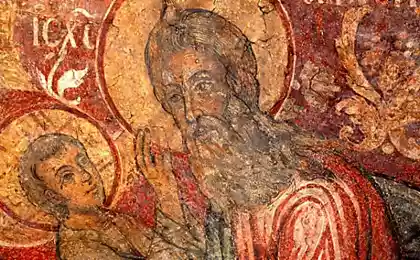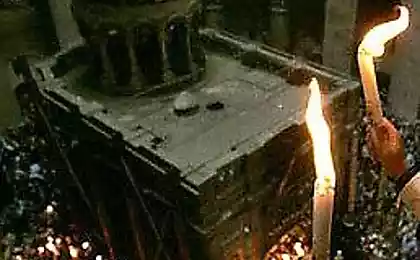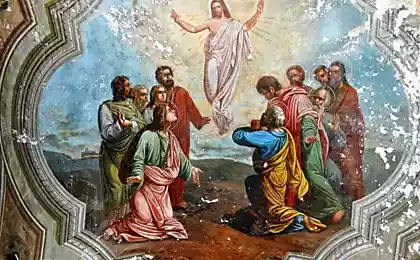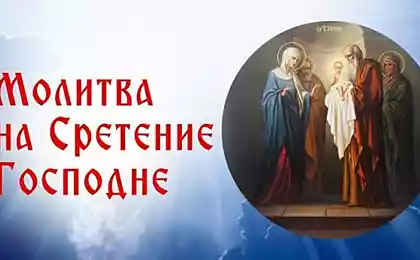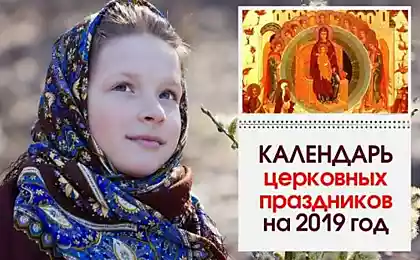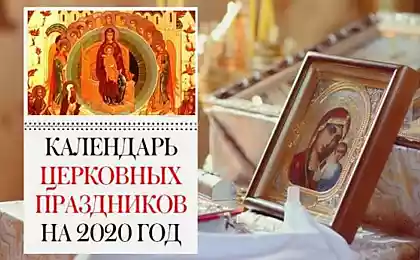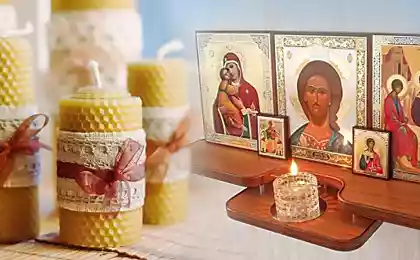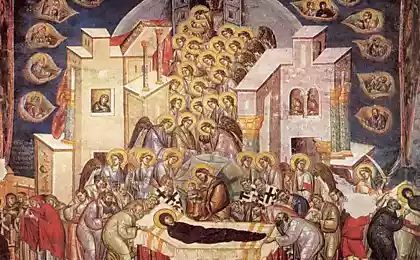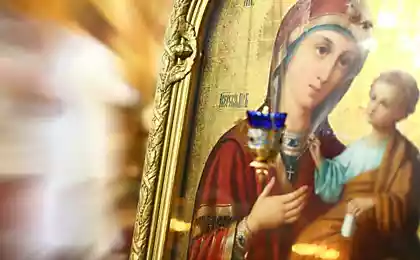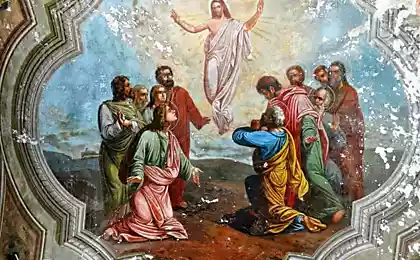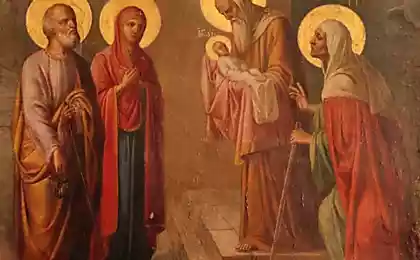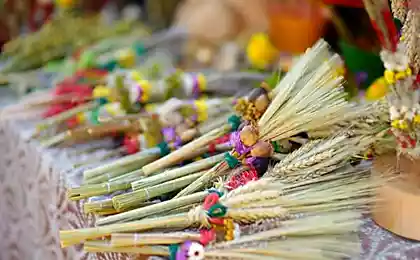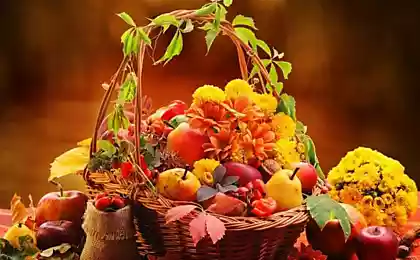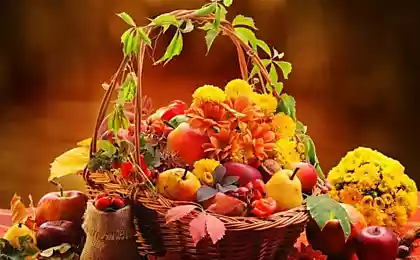206
Traditions and rituals on the day of the Meeting of the Lord
February 15 is a special day in the Orthodox calendar. Today, believers celebrate the Meeting of the Lord – one of the 12 most important church holidays. A holiday of meetings, joy and long-awaited spring, which carries only good.
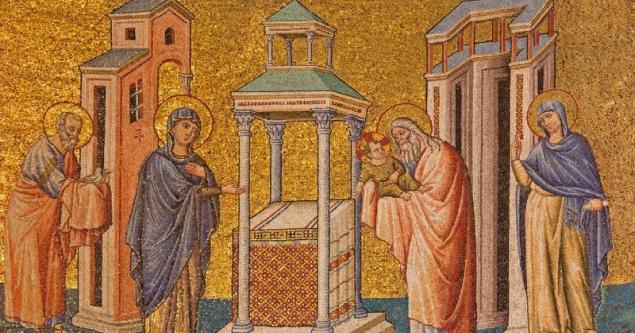
Today's edition. "Site" It tells you what kind of holiday it is, what its history is and how to celebrate it correctly.
The Lord’s Meeting 2019 is a great two-tenth Orthodox holiday. On this day, believers remember the meeting of Christ with the righteous Simeon. In folk tradition, this holiday is considered the day when winter and spring meet. What does Crétation mean?? In general, in the Old Slavonic language, “creation” is a meeting, and in another sense – joy.
It is believed that on this day there are several meetings: the Old and New Testaments, the old world and the new Christian, as well as winter and spring. In the people, this day was considered a harbinger of spring, but about this later, but in the meantime, let’s talk about the history of the holiday.
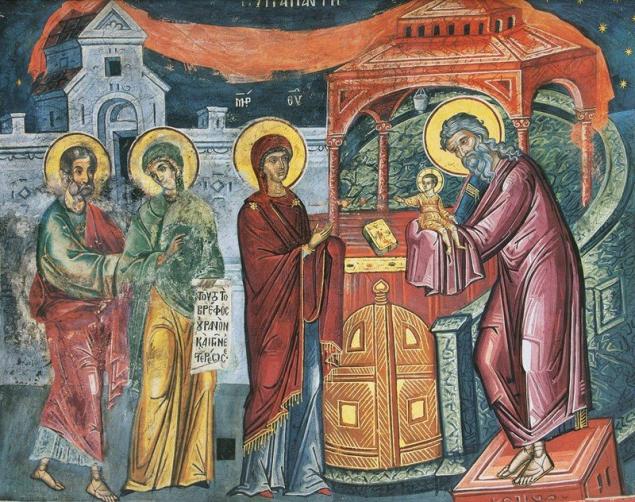
The details of bringing Jesus to the temple are described in the Gospel. According to records, after the birth of Christ, his family lived in Bethlehem. On the fortieth day after the birth of his son, Joseph and the Most Holy Mother of God went to Jerusalem to dedicate the firstborn to the Lord. In the temple they were met by Elder Simeon, who was 360 years old at that time.
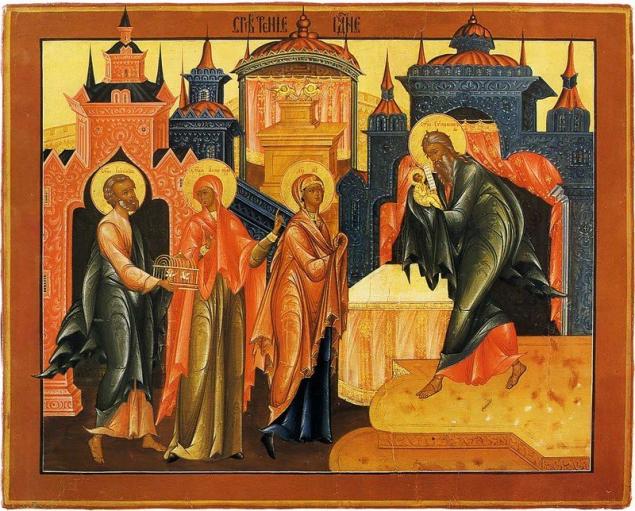
The elder was promised that he would not die until he saw with his own eyes the Savior promised by prophecy. Taking the little Jesus in his arms, Simeon proclaimed him Messiah. This day was the transition from the Old to the New Testament, the moment of humanity’s meeting with the great Savior. That is why the Meeting of the Lord is one of the 12 great festivals.
The meeting began to be celebrated in the IV century, so the history of this holiday goes very far. Accordingly, over the years, the holiday has acquired traditions, prohibitions and folk signs, which we will talk about later.
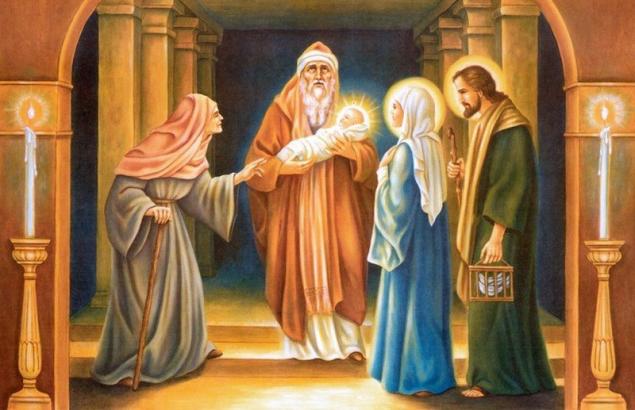
Since ancient times on this day it is customary to hold festive services in the church. Today, candles and water can be consecrated in the temple. People believe that Sreten candles are able to protect the house from lightning and fire. In a severe thunderstorm, people lit such a candle and prayed near it.
Also on this day it was customary to collect holy water, yes, to collect, and not to sanctify in the temple. They made it straight out of melting icicles. It was believed that such water is equal in strength to the baptism. Now, of course, you can consecrate the water in the temple.
After Sretenia, things were going to spring, our ancestors from that day began to work on the housework and do spring business. The youth in the days after the holiday arranged festivities and lush feasts. At the meeting it was customary to rest and have fun. Since this holiday often falls on an olive week, it was adopted to bake pancakes. Our ancestors called for spring and warmth.
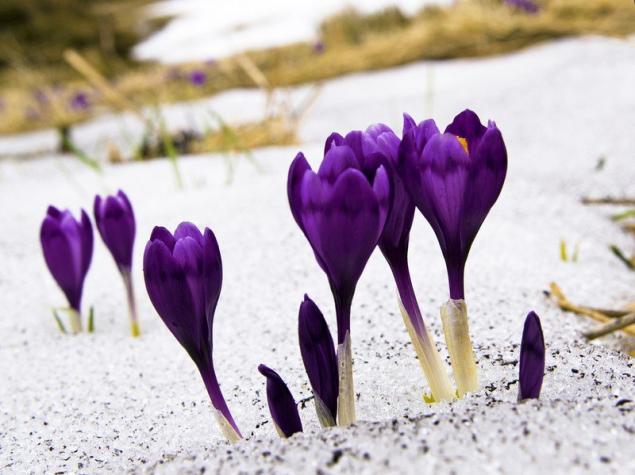
There are a couple of things you can’t do on this day that you should know. On this day you cannot be bored and discouraged. It's a joyous holiday, so you have to have fun. It is impossible to fight, as in any Christian holiday. They say that swearing on this day can bring great trouble.

Our ancestors believed that it is not necessary to go on a long trip on February 15. It was said that on the way there may be problems due to the variability of the weather. It was also forbidden to work so that worldly affairs would not distract from the spiritual. All household chores are prohibited except cooking and pet care.
There was a special ban on water procedures on this day. You could not do laundry and even wash in the bath. So it's worth avoiding.

According to the signs for Sretenie, they judged what spring would be like, and also predicted the harvest for the coming year.
This holiday is associated with a very joyful event, so it is a bright and cheerful day. It is the first holiday of the year that heralds the arrival of spring. Bright and joyful time!
Very soon we will celebrate the bright spring holiday of Maslenitsa. Find out what not to do during the week.
Not all Orthodox holidays fall on the same number each year. Do you want to know the dates of all the holidays? Then use the Orthodox Church calendar for 2019, which we have prepared for you.
Did you like the article? Don’t forget to share it with your friends on social media!

Today's edition. "Site" It tells you what kind of holiday it is, what its history is and how to celebrate it correctly.
The Lord’s Meeting 2019 is a great two-tenth Orthodox holiday. On this day, believers remember the meeting of Christ with the righteous Simeon. In folk tradition, this holiday is considered the day when winter and spring meet. What does Crétation mean?? In general, in the Old Slavonic language, “creation” is a meeting, and in another sense – joy.
It is believed that on this day there are several meetings: the Old and New Testaments, the old world and the new Christian, as well as winter and spring. In the people, this day was considered a harbinger of spring, but about this later, but in the meantime, let’s talk about the history of the holiday.

The details of bringing Jesus to the temple are described in the Gospel. According to records, after the birth of Christ, his family lived in Bethlehem. On the fortieth day after the birth of his son, Joseph and the Most Holy Mother of God went to Jerusalem to dedicate the firstborn to the Lord. In the temple they were met by Elder Simeon, who was 360 years old at that time.

The elder was promised that he would not die until he saw with his own eyes the Savior promised by prophecy. Taking the little Jesus in his arms, Simeon proclaimed him Messiah. This day was the transition from the Old to the New Testament, the moment of humanity’s meeting with the great Savior. That is why the Meeting of the Lord is one of the 12 great festivals.
The meeting began to be celebrated in the IV century, so the history of this holiday goes very far. Accordingly, over the years, the holiday has acquired traditions, prohibitions and folk signs, which we will talk about later.

Since ancient times on this day it is customary to hold festive services in the church. Today, candles and water can be consecrated in the temple. People believe that Sreten candles are able to protect the house from lightning and fire. In a severe thunderstorm, people lit such a candle and prayed near it.
Also on this day it was customary to collect holy water, yes, to collect, and not to sanctify in the temple. They made it straight out of melting icicles. It was believed that such water is equal in strength to the baptism. Now, of course, you can consecrate the water in the temple.
After Sretenia, things were going to spring, our ancestors from that day began to work on the housework and do spring business. The youth in the days after the holiday arranged festivities and lush feasts. At the meeting it was customary to rest and have fun. Since this holiday often falls on an olive week, it was adopted to bake pancakes. Our ancestors called for spring and warmth.

There are a couple of things you can’t do on this day that you should know. On this day you cannot be bored and discouraged. It's a joyous holiday, so you have to have fun. It is impossible to fight, as in any Christian holiday. They say that swearing on this day can bring great trouble.

Our ancestors believed that it is not necessary to go on a long trip on February 15. It was said that on the way there may be problems due to the variability of the weather. It was also forbidden to work so that worldly affairs would not distract from the spiritual. All household chores are prohibited except cooking and pet care.
There was a special ban on water procedures on this day. You could not do laundry and even wash in the bath. So it's worth avoiding.

According to the signs for Sretenie, they judged what spring would be like, and also predicted the harvest for the coming year.
- If there is a thaw on Sretienia, spring will be early and warm, and if it is cold and frost - late and cold.
- Snow on this day for a rainy and gloomy spring.
- Snow across the road brings - towards late spring.
- Clear and quiet weather - for a good harvest.
- A drop to a rich wheat harvest.
- Wind - to the noble harvest from fruit trees.
- If day The sun will look out and the streams will ring, then soon you can wait for the arrival of spring.
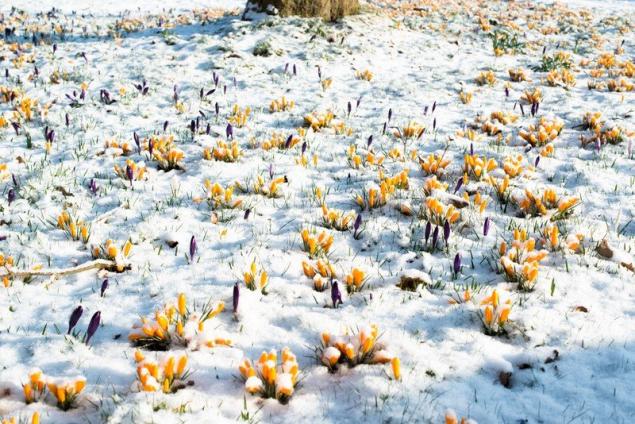
This holiday is associated with a very joyful event, so it is a bright and cheerful day. It is the first holiday of the year that heralds the arrival of spring. Bright and joyful time!
Very soon we will celebrate the bright spring holiday of Maslenitsa. Find out what not to do during the week.
Not all Orthodox holidays fall on the same number each year. Do you want to know the dates of all the holidays? Then use the Orthodox Church calendar for 2019, which we have prepared for you.
Did you like the article? Don’t forget to share it with your friends on social media!

